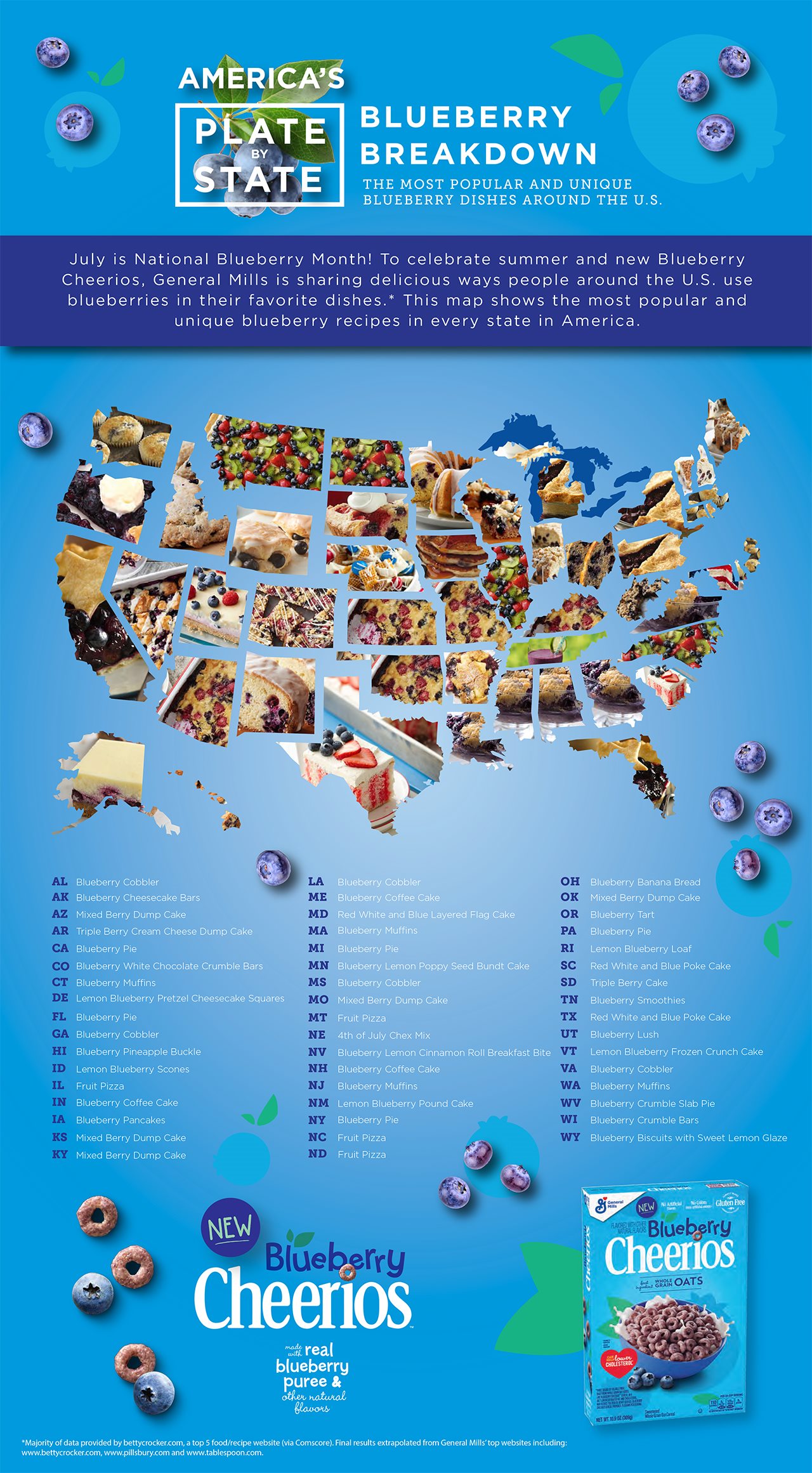2019-07-09T18:21:42
(BPT) – If you or a loved one has been diagnosed with cancer, you probably have a lot of questions.
As your doctor assesses the best treatment for your cancer, radiation therapy might be suggested. It’s important to get the facts about radiation therapy so you can feel comfortable with each step of your treatment plan.
“Radiation therapy, or radiotherapy, is the use of various forms of radiation to safely and effectively treat cancer and other diseases,” said Dr. Paul Harari, a radiation oncologist at the University of Wisconsin School of Medicine and Public Health. “Radiation therapy can often cure people of their cancer and save lives.”
Harari said there can be misconceptions about radiation therapy. He offered answers to the following questions and information to help you feel more comfortable with your treatment:
How does radiation therapy work?
Radiation therapy works by damaging the genetic material within cancer cells. Once this happens, the cancer cells are not able to grow and spread. When these damaged cancer cells die, the body naturally removes them.
Is radiation therapy safe?
Yes, radiation has been used for more than 100 years and your radiation oncology team will carefully design your plan to make sure that you receive safe, accurate treatment. Specialized computers and highly trained medical physicists monitor and double-check the treatment machines to make sure that the proper dose is given.
Are there different types of radiation therapy?
There are three main types of radiation therapy:
1. External beam radiation therapy uses invisible radiation beams directed to the specific site of the cancer, much like an X-ray. The team uses specialized computers to control the size, shape and direction of each beam.
2. Brachytherapy places small sources in the body that emit radiation directly in a tumor or nearby.
3. Systemic radiation therapy uses radiation-dosed drugs delivered via the bloodstream.
Are there concerns about being around others after radiation treatment?
If you undergo external beam radiation therapy, the radiation does not stay in your body after the treatment ends. If you undergo brachytherapy or systemic radiation therapy, your radiation oncologist will explain any special precautions that you need to take for a short time following treatment.
Are there side effects to radiation therapy?
The most common side effects are fatigue, weakness and skin reactions. Side effects are generally limited to the areas being treated. Short-term side effects are usually temporary, mild and treatable.
Is radiation therapy the only treatment needed for cancer?
It depends on your type of cancer and other factors such as the size and location of the tumor. Sometimes radiation therapy is the first and only treatment needed. However, a cancer-treatment plan will often include more than one type of treatment such as surgery and/or chemotherapy.
For example, if you have breast cancer, you might first have surgery to remove the tumor. Then a radiation oncologist may use radiation therapy to destroy any remaining cancer cells in or near your breast. Finally, a medical oncologist may give you chemotherapy to kill cancer cells that have traveled to other parts of the body.
How long does treatment take?
The number of radiation treatments you will need depends on factors such as the size, location and type of cancer. Treatments are usually scheduled five days a week and continue for several weeks. Receiving treatment for cancer often requires considerable mental and physical effort. Whenever possible, try to take time during your treatment to get plenty of rest.
To learn more about radiation therapy visit rtanswers.org.











